Pearls have long captivated us with their luminous beauty and timeless elegance, making them a cherished addition to any jewelry collection. However, distinguishing between genuine and imitation pearls can be challenging. If you're curious about the authenticity of your pearl necklace, or considering buying one, knowing how to tell if a pearl necklace is real is crucial.
In this guide, we will explore several effective methods to help you identify authentic pearls. From understanding unique characteristics of natural and imitation pearls to hands-on tests you can perform at home, join us and learn the knowledge needed to ensure you're investing in the real thing.
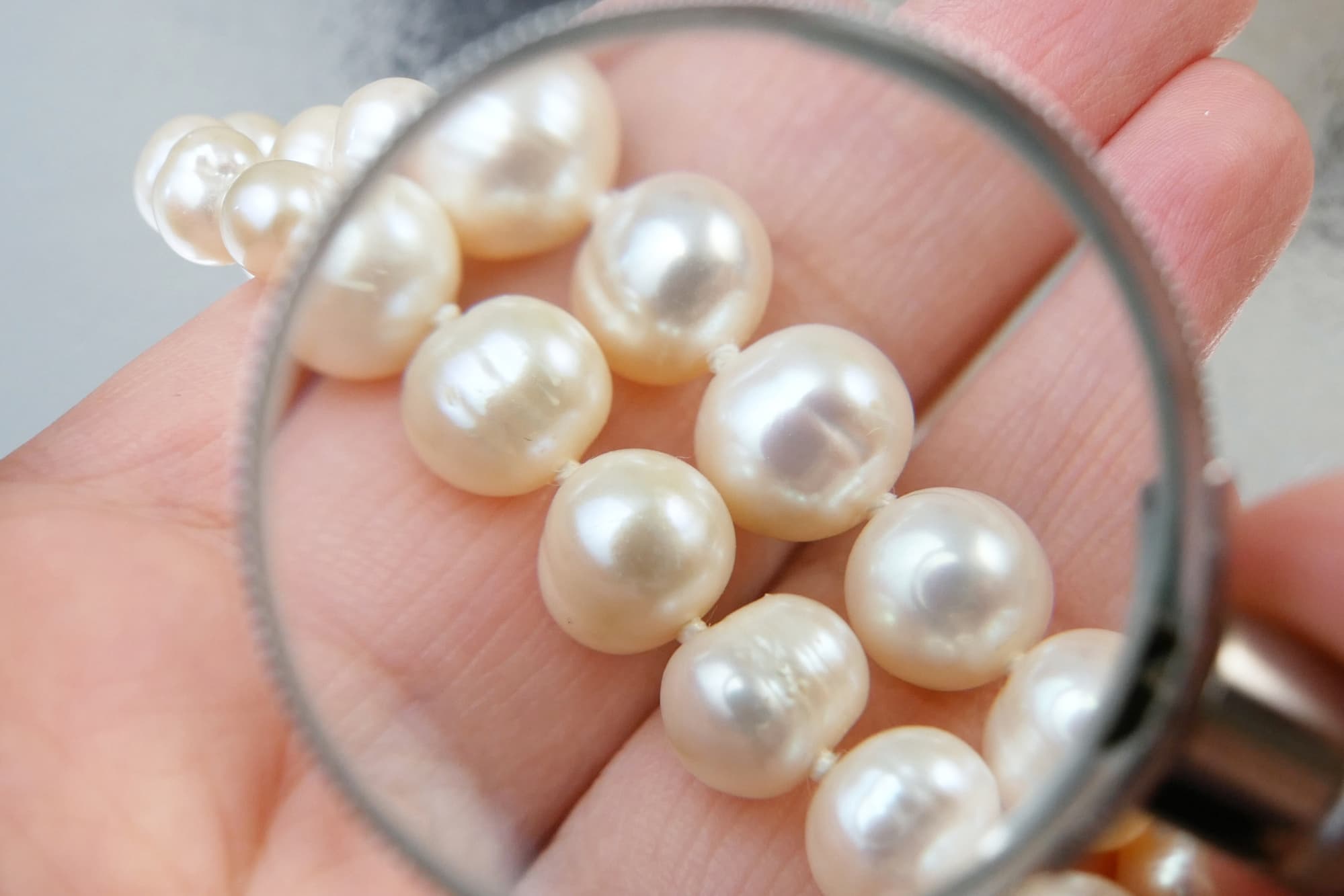
Before we delve into the methods on how to tell if pearl necklace is real, it's crucial to first understand what a real pearl is. The market features natural, cultured, and imitation pearls. Let's have a closer look.
Natural pearls are likely what you think of as 'real' pearls. They form spontaneously in the wild without any human intervention, making them extremely rare and valuable. These pearls are created when an irritant, typically a parasite, enters a mollusk such as an oyster or mussel. In response, the mollusk secretes layers of nacre, a crystalline substance that builds up over several years to form a pearl. Natural pearls are often prized for their luster and unique shapes, but due to their rarity, they are most commonly found in vintage pieces and are considerably expensive.
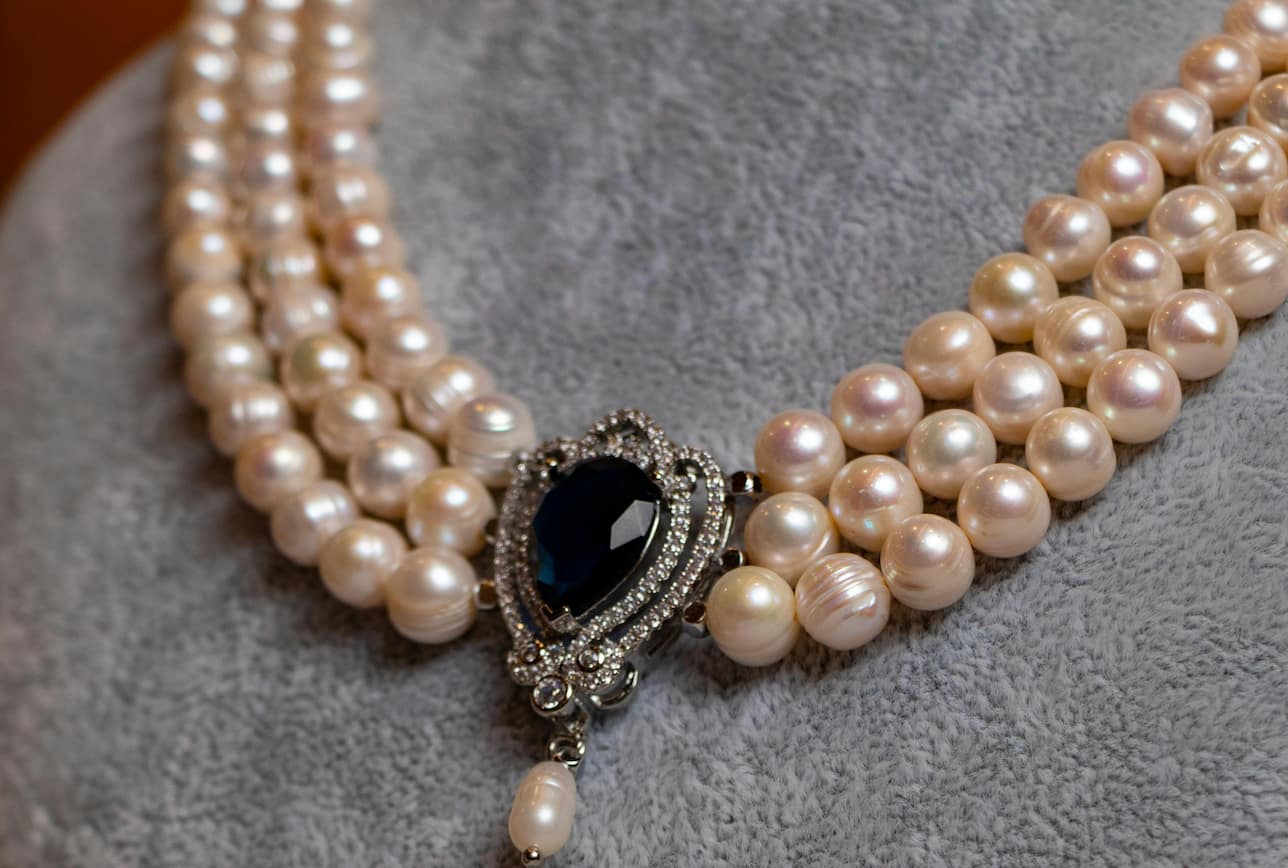
The majority of 'real' pearls bought and sold on the market today are actually cultured pearls. While they are formed with human assistance, cultured pearls are still 'real' pearls grown inside real oysters. This process involves pearl farmers surgically inserting a nucleus into a pearl-bearing mollusk to stimulate nacre production.
The types of cultured pearls vary based on the mollusk used, the water conditions, and how long the pearl is left to develop. Some popular types include Akoya, Tahitian, and South Sea pearls, each noted for distinct qualities like color, size, and luster. Cultured pearls offer beauty similar to natural pearls but at a more accessible price point.
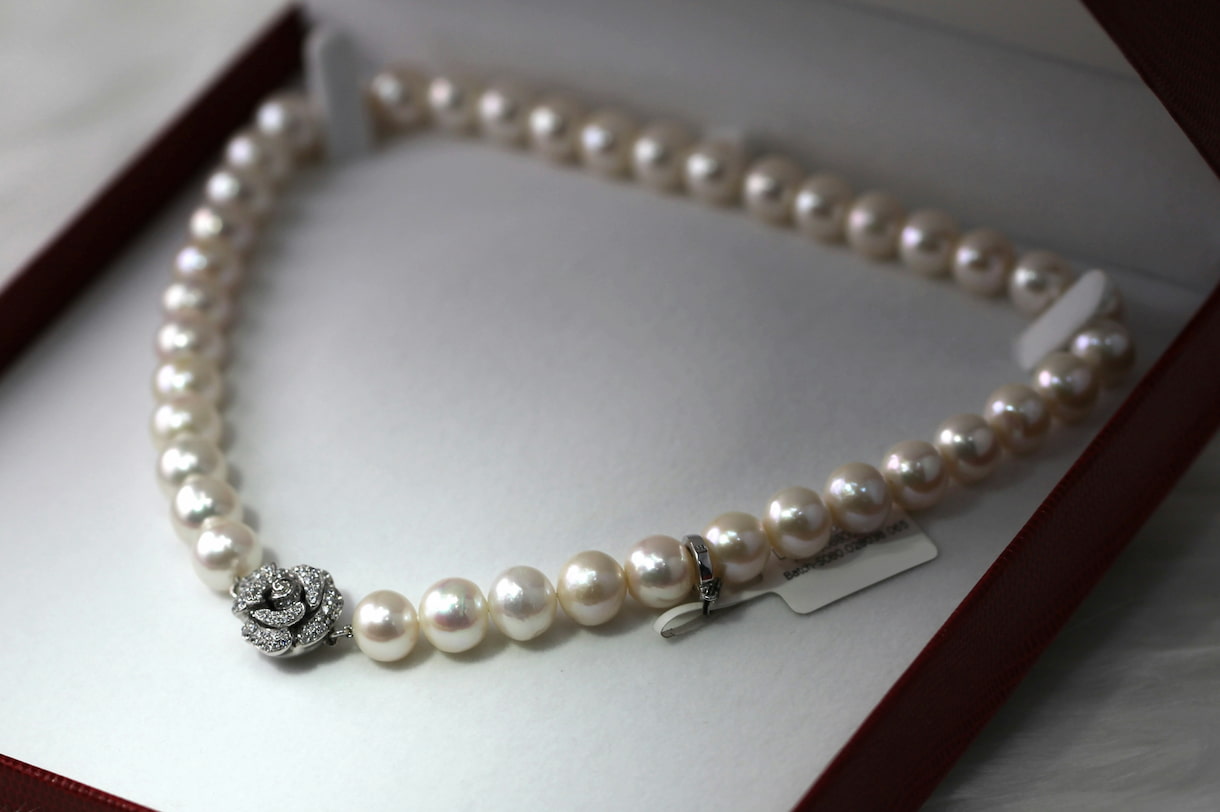
Imitation pearls, also known as faux or simulated pearls, are man-made products designed to mimic the appearance of real pearls. They can be made from glass, ceramic, shell, or plastic, and are often coated with a pearlescent substance to replicate the natural luster of real pearls.
While these pearls can be aesthetically pleasing, they do not possess the same quality or durability as natural or cultured pearls. Imitation pearls are much cheaper and provide an affordable option for those seeking the pearl look without the accompanying price tag. Typically, these are the ones you'd want to identify as fakes.
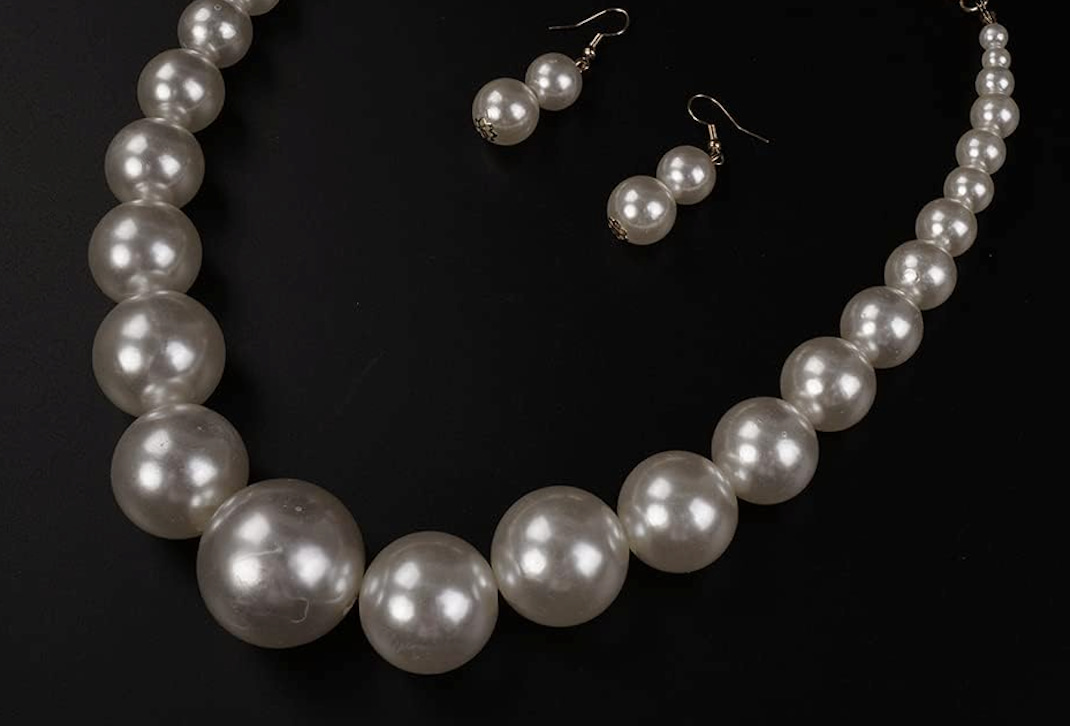
As we've learned, natural and cultured pearls are considered 'real' pearls, while glass, ceramic, or plastic pearls are the ones you want to identify as fakes. So, how do you tell if a pearl necklace is real? Here are some effective methods you can employ:
The surface of a pearl is a significant indicator of its authenticity and quality. When examining the surface, look for subtle imperfections such as tiny pits, bumps, or ridges. Natural and cultured pearls are formed organically, and as a result, each pearl typically exhibits unique characteristics. These imperfections are a natural part of their charm and authenticity.
In contrast, imitation pearls often have a too-perfect, flawless surface that lacks the gentle, nuanced texture seen in natural pearls. However, high-quality imitation pearls can also have artificial marks added to simulate authenticity, so this test should not be the sole determinant. A magnifying glass can be a helpful tool in closely inspecting these details more effectively.
Luster is one of the most important qualities of a pearl and a key factor in its beauty and value. Real pearls, both natural and cultured, display a deep, radiant shine that emanates from within their layers of nacre. This luster gives them a glow that appears to light up from beneath the surface, creating reflections that are sharp and distinct.
When assessing pearls, roll them under a light and observe how the light reflects off their surface. A real pearl will have a warm, rich radiance, while imitation pearls often have a more superficial, glassy shine that lacks depth. The sharper and clearer your reflection in the pearl, the higher the quality of the luster.
While pearls can be found in various shapes, checking for consistency in shape and size can offer clues to their authenticity. Natural pearls rarely are perfectly round or uniform due to their organic formation processes. They often display slight irregularities in shape. Cultured pearls, while more regular due to controlled formation conditions, can also show some variety, especially in less expensive varieties.
On the other hand, imitation pearls are often perfectly uniform because they are machine-made to specific standards. When evaluating a strand of pearls, slight variations in the size and shape across the pearls suggest their authenticity. However, some high-quality cultured pearls are remarkably uniform and can be mistaken for imitations based on shape alone, making it important to use this criterion in conjunction with other tests
Genuine pearls have distinctive weight and temperature characteristics compared to imitation pearls. Both natural and cultured pearls are typically heavier than their imitation counterparts due to their dense nacre layers. When picked up, real pearls should feel solid and cool to the touch initially. They quickly adjust to body temperature once held for a few seconds.
In contrast, imitation pearls often feel lighter and warmer right from the start, as they lack the dense layers of nacre. Holding the pearls in your hand and feeling their weight and how quickly they warm up can provide you with initial clues about their authenticity.
The area around the drill hole of a pearl can also offer valuable insights into its authenticity. In real pearls, the drill hole is usually neat with minimal chipping, and you can often see a slight concentric build-up of nacre layers inside the hole.
The edges around the drill holes in imitation pearls often reveal the core material, which might be glass or plastic, and can show signs of peeling or flaking due to the coating used to simulate nacre. A close inspection with a magnifying glass can help identify these details and assist in determining whether the pearls are genuine or artificial.
The rubbing test is a popular and effective method on how you can tell if a pearl necklace is real. Gently rub two pearls together or rub one pearl against the edge of a tooth. Genuine pearls, due to their nacreous surface, will feel slightly gritty or sandy, and this friction can even produce a small amount of pearl powder.
On the other hand, imitation pearls will feel smooth and will often slide against each other or a tooth without resistance, as their surface is usually coated with a synthetic material like lacquer or plastic that is smooth.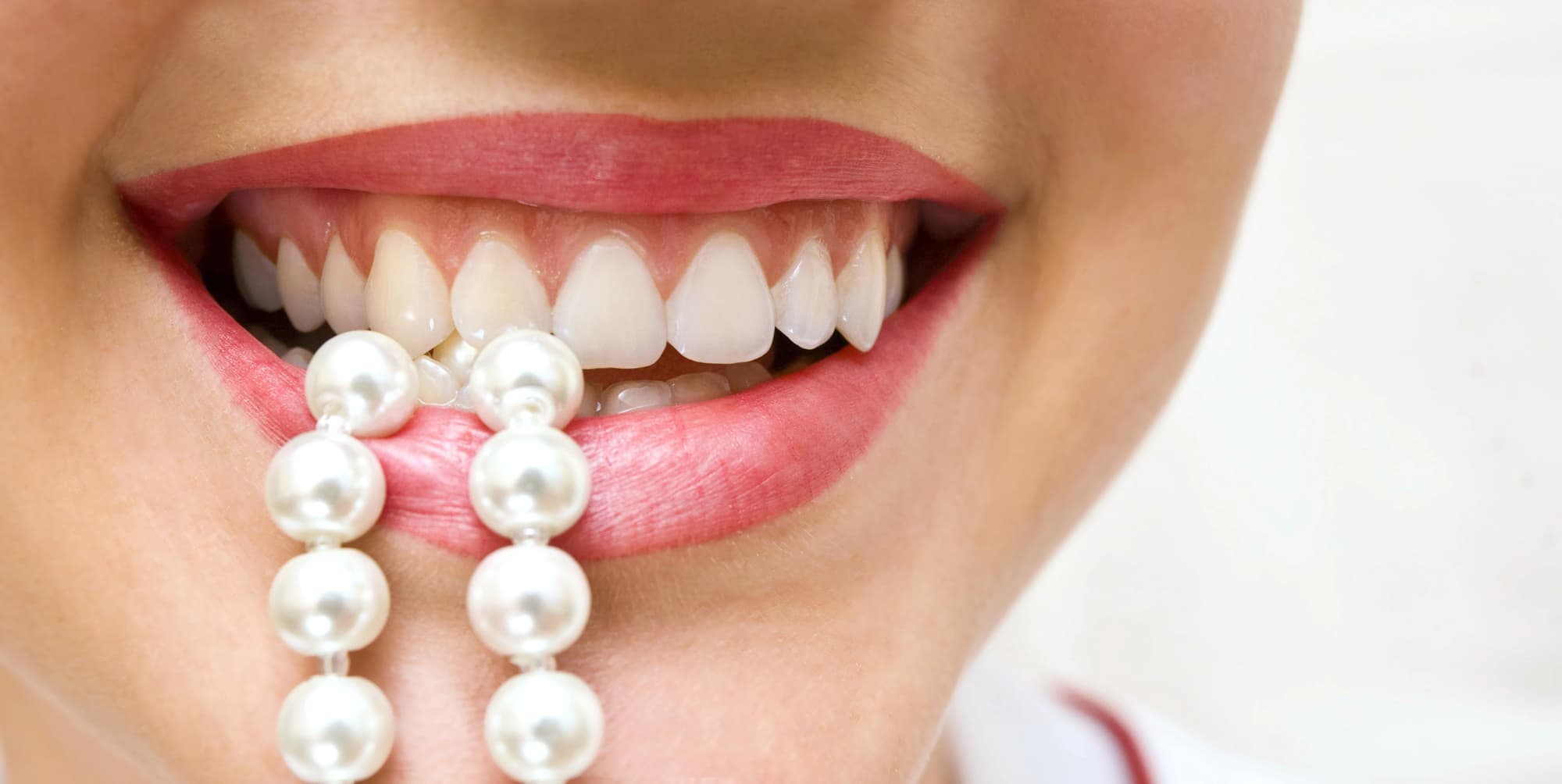
When in doubt, the most reliable method to ascertain the authenticity and quality of a pearl necklace is to seek a professional appraisal. Certified gemologists can conduct detailed tests using advanced equipment that can definitively determine the nature of the pearls.
They look at factors beyond what can be seen with the naked eye or simple tests at home, such as the pearl's layer structure, core, and exact material properties using tools like x-rays and microscopes. A professional appraisal not only confirms authenticity but also provides a detailed assessment of the pearl's quality, origin, and value.
Knowing how to tell if a pearl necklace is real can save you from investing in imitation jewelry. By examining the surface, assessing luster and shine, checking for consistency, and conducting physical tests like the rubbing test, you can get a good indication of a pearl's authenticity. However, when in doubt, seeking a professional appraisal remains the most definitive method to confirm the realness of your pearls. Armed with these tips and insights, you can confidently select and treasure genuine pearl jewelry that will last a lifetime.
Yes, genuine pearl necklaces typically feature knots between each pearl. These knots serve several purposes, including preventing pearls from rubbing against each other, reducing the risk of damage, and providing flexibility to the necklace. Additionally, knots help ensure that if the necklace breaks, only one pearl may fall off rather than the entire strand.
Real pearls have a noticeable weight to them, although the weight can vary depending on factors such as pearl size and type. Generally, genuine pearls tend to feel heavier than their synthetic or imitation counterparts. This weight is due to the organic layers of nacre that compose the pearl, giving it a substantial and authentic feel when held in hand.
The value of a pearl necklace depends on various factors, including the type, size, shape, color, surface quality, and luster of the pearls. Valuable pearl necklaces often feature natural or cultured pearls with high luster and imperfect surfaces but with minimal blemishes. Additionally, pearls that are perfectly round or near-round, with uniform color and size, command higher prices.
What are stud earrings? Learn everything here, explore their different types, how they differ from other earrings, and tips on how to style and care for them.
Read MoreLearn how to wear a Claddagh ring with our guide. Understand the deep meanings behind, the proper way to wear it, and essential tips for maintaining your ring.
Read MoreLearn how to make a ring smaller with professional resizing services and DIY methods. Discover when not to resize and tools you can use at home with our guide.
Read MoreLearn how to make a paper ring with our step-by-step guide. Discover steps for origami, heart-shaped, and butterfly paper rings, plus tips to perfect your craft.
Read More